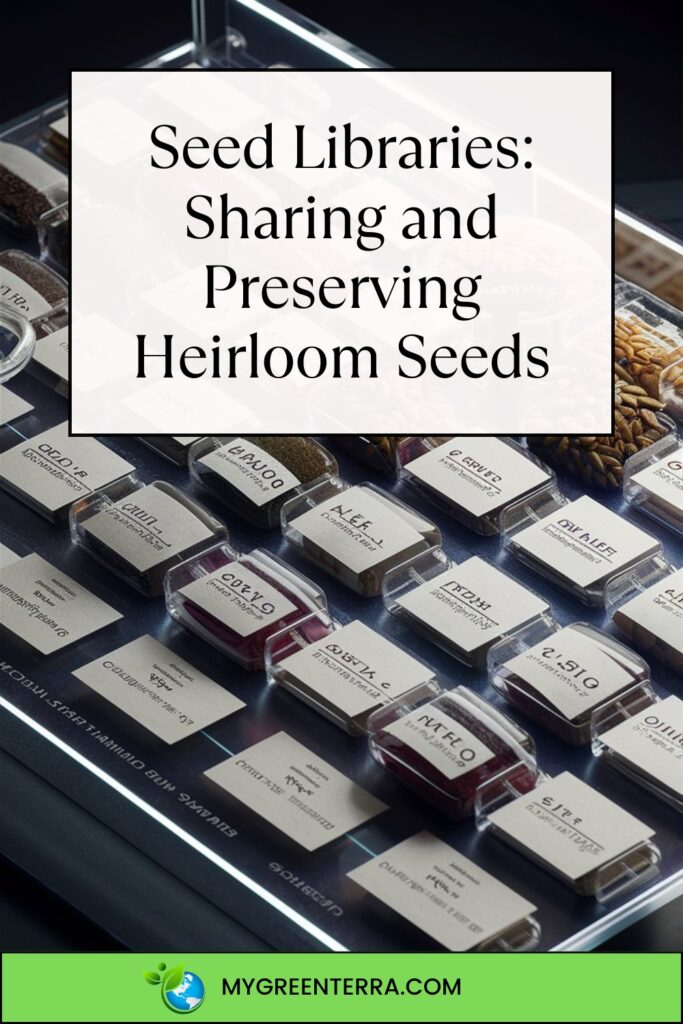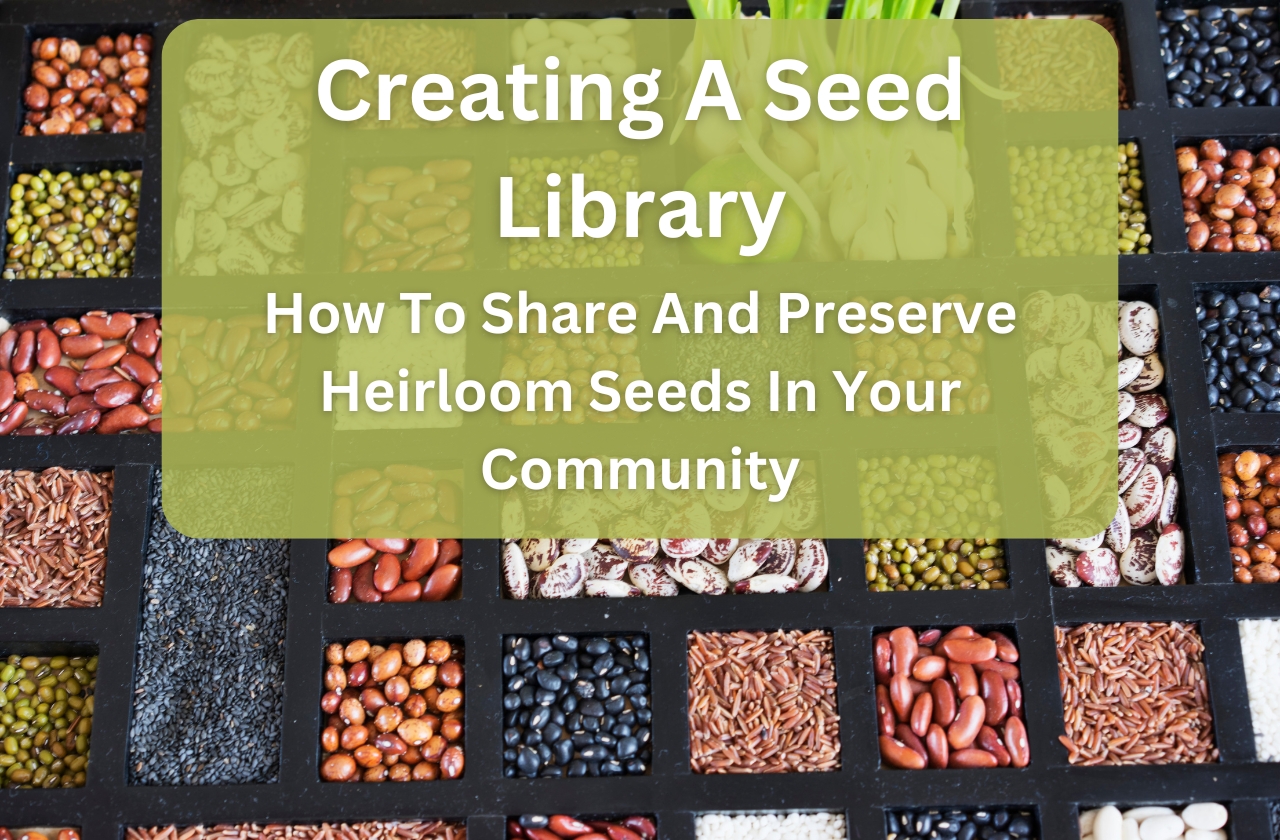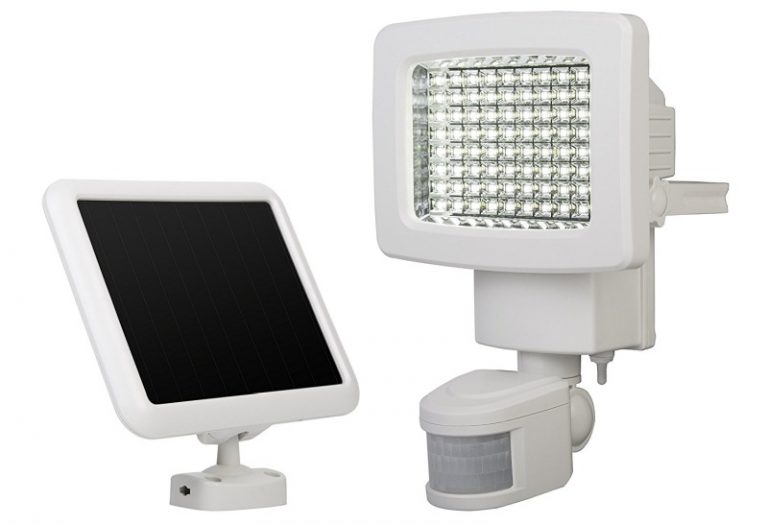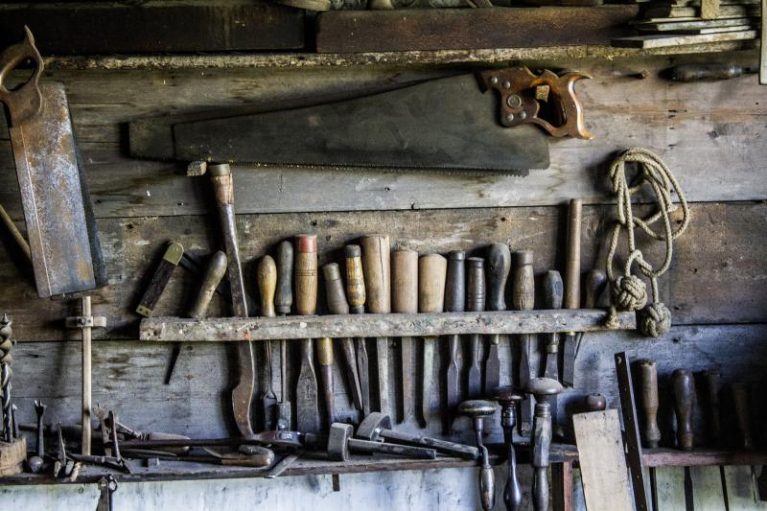Creating a Seed Library: How to Share and Preserve Heirloom Seeds in Your Community
I get commissions for purchases made through links in this post. View our Affiliate Disclaimer.
In a modern world of industrialized agriculture and homogenized supermarkets, the rich diversity of heirloom seeds is under threat. For centuries, gardeners, homesteaders, and farmers have carefully preserved and passed down unique varieties of fruits, vegetables, and flowers, each with its own distinct flavor, texture, and story. Yet, as commercial seed companies prioritize high-yielding, disease-resistant hybrids, many of these precious heirlooms are in danger of being lost forever. This is where the community-led seed library comes in – a revolutionary concept that empowers individuals to take control of their food systems, preserve cultural heritage, and build stronger, more resilient neighborhoods.
With the creation of a seed library in your community, you can help safeguard biodiversity, foster a sense of community, and inspire a new wave of gardeners and food enthusiasts. We will explore the benefits, challenges, and practical steps involved in creating a thriving seed-sharing initiative in your community.
Key Takeaways
- Establish a clear mission and goals for the seed library to attract like-minded community members and create a sense of purpose.
- Source seeds from local gardeners, farmers, and seed companies to build a diverse collection that supports sustainable gardening practices.
- Organize and manage seeds effectively using cataloging systems, labeling processes, and tracking systems to maintain an accessible and accurate seed library catalog.
- Implement a lending system that fosters community connections, encourages seed saving, and promotes local food security and sustainable gardening practices.
- Regularly inspect and maintain the seed collection, encourage community involvement, and utilize educational resources to support novice gardeners and promote the seed library.
Planning Your Seed Library

To guarantee the success of your seed library, start by setting clear goals that define its mission and appeal to community members who share a passion for preserving heirloom seeds. This will help you create a sense of purpose and direction, attracting like-minded individuals who want to share and preserve seeds. This will build a strong foundation for your community-driven initiative.
As you plan your seed library, remember to assemble a dedicated team of volunteers who are passionate about gardening and sustainability. This team will ensure the smooth operation of your library, handling tasks such as seed sourcing, cataloging, and community engagement.
Define roles and responsibilities within the team to cover all aspects of management, from seed preservation to community outreach. By doing so, you’ll create a well-oiled machine that’s equipped to handle the demands of your seed library.
With a clear mission and a dedicated volunteer team, you’ll be well on your way to creating a thriving community that shares and preserves heirloom seeds.
Gathering Resources and Materials
With a clear mission and dedicated team in place, the next step is to gather a diverse range of seeds and necessary materials to bring your seed library to life. Reach out to local gardeners, gardening clubs, and community members to collect seeds through donations. You can also engage with local farmers and markets to source seeds well-suited to your area’s climate and growing conditions.
Attend seed swaps and gardening events to network and expand your seed library’s collection with unique varieties. As you build your seed collection, keep in mind material and space requirements for proper seed storage and labeling. Make sure you have adequate storage space and materials for organizing and preserving your seeds. Proper seed storage is essential for maintaining the viability and quality of your seeds.
Sourcing and Acquiring Seeds
To build a robust library of seeds, begin by sourcing from various channels. Start by connecting with local gardeners, gardening clubs, and community members to gather diverse seed donations. These contributions often offer unique heirloom varieties well-adapted to your local climate.
Engage with local farmers and explore markets to acquire seeds that flourish in your region. You can also approach seed companies for potential donations to bolster biodiversity and promote sustainable gardening practices.
Attend seed swaps and gardening events to network and expand your seed library’s collection. These events provide opportunities to meet fellow enthusiasts, learn about new varieties, and acquire seeds that might be hard to find elsewhere. By casting a wide net, you’ll be well on your way to building a diverse and thriving seed library that supports sustainable gardening practices in your community.
Organizing and Cataloging Seeds
As you start organizing and cataloging your seed library, you must decide on effective methods for storing seeds, cataloging systems that work for you, and labeling and tracking processes that guarantee efficient management.
Explore different storage options to keep your seeds fresh and protected, as well as cataloging systems that allow for easy searching and tracking.
Seed Storage Methods

Organizing seeds by type, source, and planting instructions is crucial for facilitating borrower selection and efficient management of your seed library. By categorizing seeds, you’ll guarantee that borrowers can easily find the heirloom seeds they need.
Implement a tracking system to keep tabs on seed inventory, lending, and returns. This will help you maintain an accurate count and prevent stockouts or overstocking.
Organize seeds by planting season or specific characteristics, making it easy for borrowers to access the seeds they need. Clearly label containers or envelopes with necessary information, such as seed type, planting instructions, and storage requirements.
Regularly update and maintain your seed library’s catalog to ensure accurate and accessible information. The implementation of these seed storage methods creates an efficient and well-organized system that allows borrowers to easily find and access the heirloom seeds they need to grow their own food.
This will help you build a thriving seed library that supports your community’s gardening efforts.
Seed Cataloging Systems
To maintain an efficient and well-organized seed library, a thorough cataloging system that accurately tracks and stores information about each seed variety is needed. This system will help you categorize seeds by type, source, and planting instructions, making it easier for borrowers to select the seeds they need.
Here are three essential components of a seed cataloguing system:
- Tracking systems: Implement a system to track inventory, lending, and returns to guarantee efficient management of your seed library.
- Categorization: Organize seeds by planting season or specific characteristics, such as vegetable, herb, or flower, to facilitate easy access.
- Labeling and record-keeping: Clearly label containers or envelopes with essential seed information, and regularly update and maintain the seed library’s catalog to ensure accurate and accessible information.
Labeling and Tracking
Catalog your seeds by labeling each container or envelope with essential information, including the seed type, source, and planting instructions, so you can easily identify and manage your collection. This labeling process is vital for borrowers to select suitable seeds for their needs.
As you organize your seeds, implement a tracking system to monitor your seed inventory, lending activities, and returns. This will guarantee efficient management and prevent seed loss or misplacement. Organize your seeds based on planting season or specific characteristics, making it easier for borrowers to browse and select seeds.
Clear labeling on containers or envelopes provides borrowers with essential information for successful planting. Regularly update and maintain your seed library’s catalog to facilitate easy access to a diverse range of seeds. By doing so, you’ll create a seamless borrowing experience for your community.
Additional Must-Have Resources For Successful Homesteading
Get Yours Now!
Creating a Lending System

By implementing a lending system, you’re not only providing access to a diverse range of seeds, but also fostering a sense of community and promoting sustainability. As a seed library operates, its lending system allows community members to borrow seeds for planting in their gardens. In return, borrowers are expected to save and return seeds from the grown plants, replenishing the library’s collection. This process encourages seed saving, sharing, and preservation, which helps maintain genetic diversity and supports local food security.
Here are three key benefits of a lending system:
- Community connections: By participating in the lending system, individuals contribute to building a community that values environmental awareness and sustainability.
- Genetic diversity: The lending system helps preserve heirloom and open-pollinated varieties, ensuring that these unique seeds are available for future generations.
- Sustainability: By sharing and preserving seeds, you’re promoting a more sustainable food system that relies on community sharing and collaboration.
Engaging and Educating the Community
Build a strong foundation for your seed library by engaging and educating the community through a variety of events and resources. You can attract patrons by hosting plant exchange events, guest speakers on seed saving, and gardening topics.
Collaborate with local gardening allies to provide talks, expertise, and garden tour events that educate and engage the community. Host crop swaps, seed-saving talks, and ongoing gardening programs to foster community involvement and knowledge sharing.
Offer educational resources on seed saving, sustainable gardening practices, and the importance of biodiversity to promote botanical literacy. This creates a community hub for gardening enthusiasts, promoting local food systems, sustainability, and the preservation of heirloom varieties through seed libraries.
Community engagement will encourage people to share their knowledge, learn from each other, and develop a deeper appreciation for sustainable practices. By providing these resources, you’ll empower your community to take action and make a positive impact on the environment.
Managing and Maintaining the Library
As you begin managing and maintaining your seed library, regularly inspect your collection to identify and remove damaged or expired seeds, guaranteeing the quality and viability of the remaining seeds. This vital step ensures that your library remains a valuable resource for your community.
To maintain a thriving seed library, remember to:
- Foster community involvement by encouraging donations and borrowing, which helps keep your collection diverse and relevant.
- Utilize educational resources to support novice gardeners, providing them with the knowledge and confidence to successfully grow their own heirloom varieties.
- Implement a tracking system to monitor seed inventory, lending, and returns, ensuring efficient operations and minimizing losses.
Marketing and Promoting the Library
The final step is to focus on marketing and promoting your seed library, getting the word out to your community about this valuable resource.
To spread awareness, utilize social media platforms to promote the library’s events, workshops, and seed availability. Collaborate with local gardening clubs, community centers, and schools to reach a broader audience. Create eye-catching flyers and posters to display in local businesses, libraries, and garden centers.
Offer guided tours of the seed library to showcase the collection, educate visitors, and attract new members. Host engaging events, such as seed swap events, workshops on seed saving, and gardening classes, to foster community involvement and promote the seed library.
This will create a buzz around your library, encouraging local growers to get involved and share their passion for gardening.
Through collaboration and awareness, your seed library will become a hub for gardening enthusiasts, preserving heirloom seeds and promoting sustainable gardening practices in your community.
Measuring Success and Improvement
Tracking key metrics, such as seed circulation, community engagement, and educational outreach, helps to effectively measure the success of your seed library and identify areas for improvement. Monitoring growth, partnerships with local organizations, and promoting sustainability are all important indicators of a thriving seed library.
Here are three key areas to focus on:
- Expansion of seed varieties: Tracking the growth of your seed collection and the diversity of varieties available can help you identify areas for improvement and expansion.
- Community engagement and educational outreach: Monitoring participation in workshops, events, and online engagement can help you understand the impact of your seed library on the community.
- Promoting seed-saving practices and enhancing seed labeling: Evaluating the effectiveness of your seed-saving practices and labeling systems can help you refine your processes and improve the overall experience for members.
Conclusion
Creating a seed library is a powerful way to preserve cultural heritage, promote biodiversity, and bring communities together. By sharing and preserving heirloom seed varieties, we can ensure that future generations inherit a richer, more resilient food system.
With a little creativity, collaboration, and commitment, your community can join the growing movement of seed libraries, empowering individuals to take control of their food security, celebrate their cultural roots, and cultivate a more sustainable future. So why not start sowing the seeds of change today and create a valuable resource for generations to come?
Frequently Asked Questions
How to Start a Community Seed Library?
You’ll start a community seed library by selecting diverse seeds, designing an accessible library, recruiting volunteers, outreach to the community, securing funding, creating membership models, cataloging seeds, and establishing policies that empower your community.
How Do You Preserve Heirloom Seeds?
You preserve heirloom seeds by controlling storage conditions, ensuring peak seed viability through climate control, low humidity levels, and protection from light sensitivity while maintaining genetic purity through careful cleaning and monitoring moisture content.
How to Promote a Seed Library?
You can promote your seed library by leveraging social media, forming local partnerships, and hosting community events like workshops, seed swaps, and library events, while also utilizing online directories and neighborhood flyers to spread the word.
What Is the Difference Between a Seed Bank and a Seed Library?
You’ll find that a seed bank is a formal, scientifically-driven storage facility, whereas a seed library, like the one you’re creating, is a community-focused, accessible space with flexible lending rules, promoting local seed sharing and preservation.
Get more posts like this
Subscribe to our mailing list and get interesting homesteading and green living info and updates to your email inbox.
Thank you for subscribing.
Something went wrong.
















